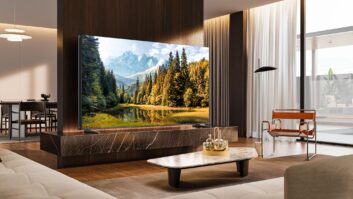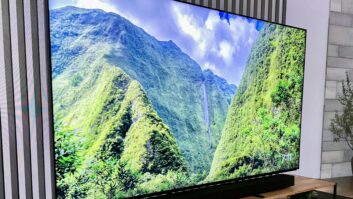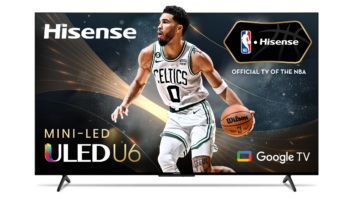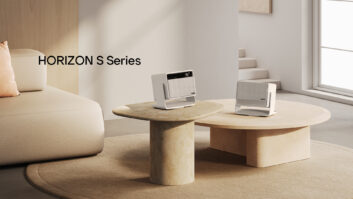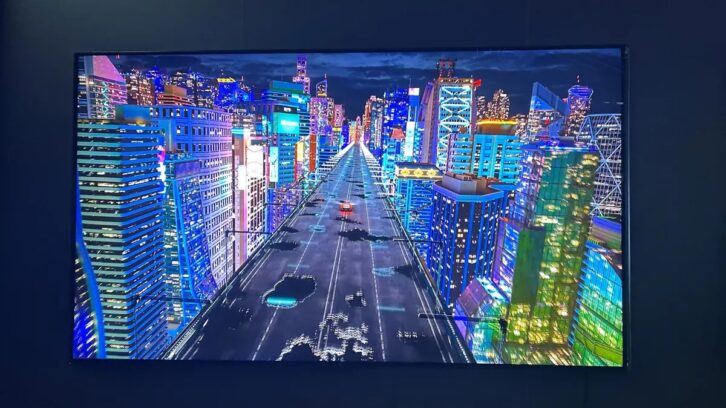
Editor’s Note: This article originally appeared on What Hi-Fi?
What Hi-Fi? attended IFA last year and got the lowdown from Hisense on all things Mini LED. The OLED alternative is being championed by Hisense, and apparently for good reason, as it has been touting its benefits over OLED.
In a breakdown of its 2023 line-up (including the U8K, U7K, and E7K Pro, all of which we have reviewed), Hisense noted that there’s only one OLED model in its current UK lineup, instead opting to outfit its “Hero” products with its version of Mini LED, dubbed ULED. To us, this seems to be at odds with practically every other TV manufacturer’s game plan, which mostly involves striving for high-end OLED flagship models. Hisense isn’t interested in following the crowd, however, instead, they’re working with Mini LED to better suit their aims.
Starting with the obvious, OLED TVs are expensive. Hisense recognizes its position in the market in this regard as a provider of mid-level to higher-end TVs, but perhaps not at the same level as LG or Sony when it comes to the more premium end of the scale. Ultimately, Mini LED is the cheapest of the two technologies to develop, but that doesn’t mean you have to compromise on performance, at least in Hisense’s opinion.
In a quick briefing given by Wood Bi of the product planning team at Hisense, we learn that it considers the benefits of Mini LED and the shortcomings of OLED enough to make the former screen technology the better of the two. While he did admit that OLED is better in regards to viewing angles and contrast, his counterpoint centered on the issue of burn-in and brightness.
While burn-in is still a considerable issue for many OLED units (who wants to ruin their expensive TV?) many manufacturers are taking steps to mitigate this. We think it’s a valid concern, but perhaps not deal-breaking.
Brightness, on the other hand, is a long-standing issue with traditional WOLED panels and one that’s only being solved with newer, more expensive screen tech such as Multi-Lens Array (as seen on the LG G3) and QD-OLED (featured on the Samsung S95C). Mini LED can push this much further, with Wood hinting at a brightness figure north of 3000 nits in the upcoming reference UX N model, that we briefly managed to get hands-on with during our tour of Hisense’s stand at IFA.
Even the newer upgraded OLED panels can’t match these figures (yet), making Mini LED the preferable technology if brightness is your main concern – as it is Hisense’s, it would seem.
About the Author
Lewis Empson is a Staff Writer on What Hi-Fi? He was previously Gaming and Digital editor for Cardiff University’s ‘Quench Magazine’, Lewis graduated in 2021 and has since worked on a selection of lifestyle magazines and regional newspapers. Outside of work, he enjoys gaming, gigs and regular cinema trips.
See also: CES 2024: TCL Raises The Bar For 2024






